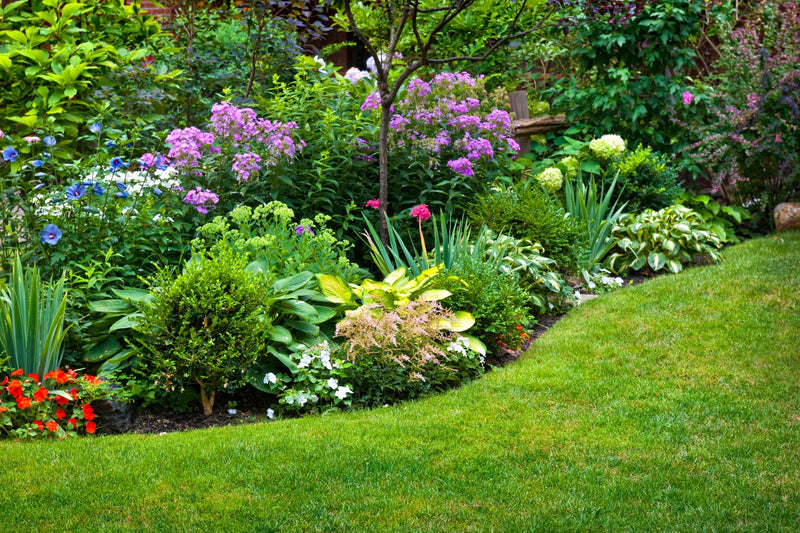
7 Early Spring Blooming Perennials Every Garden Should Have

7 Early Spring Blooming Perennials Every Garden Should Have
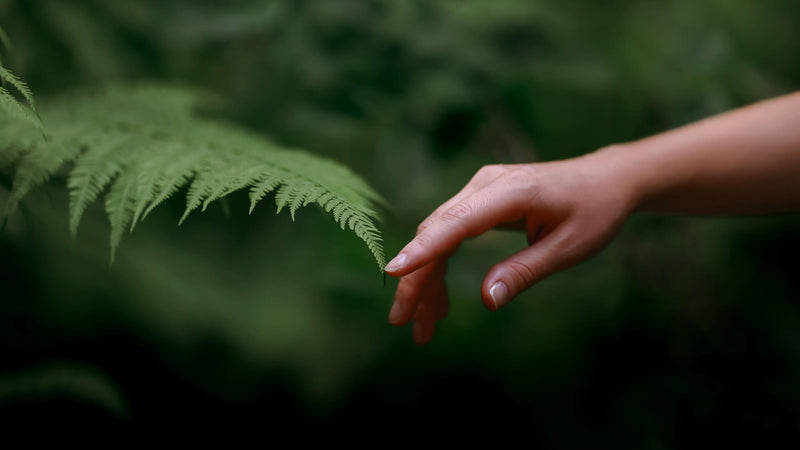
Easy Fern Choices To Grow
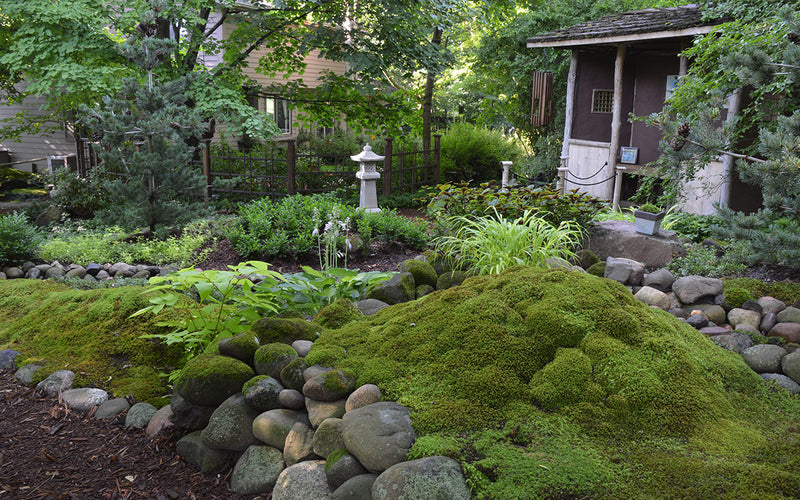
Easy Moss to Grow
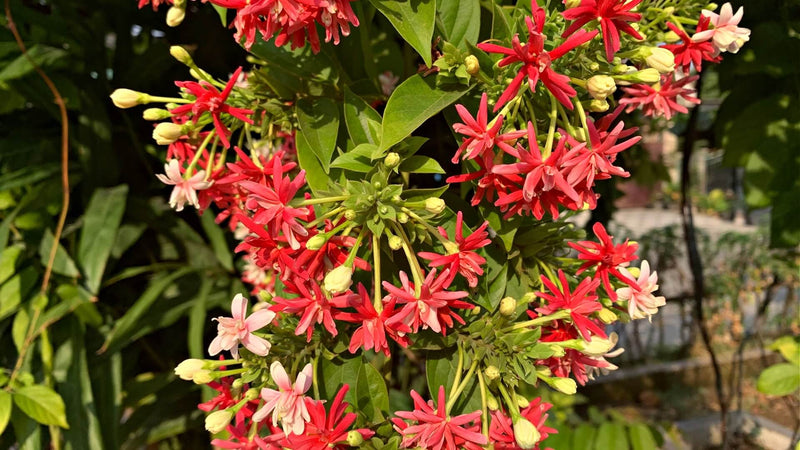
Flowering Vine Benefits in Landscaping
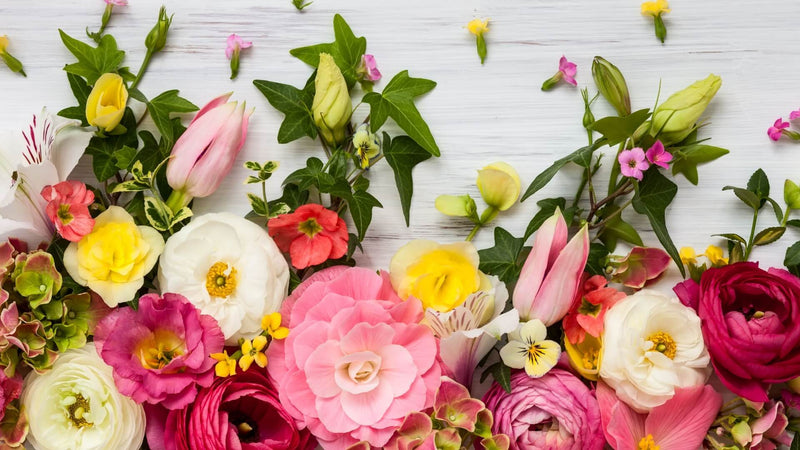
Fragrant Plant Favorites
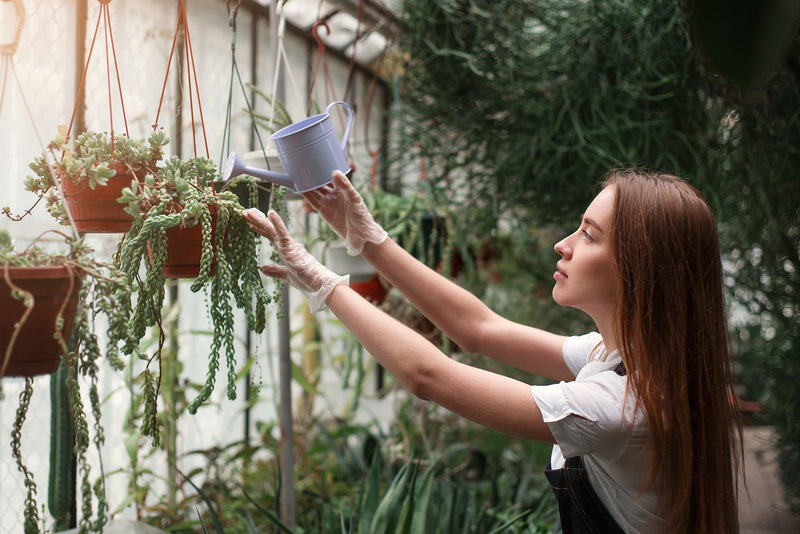
Fresh Spring Gardening Ideas for a Lush Backyard Oasis
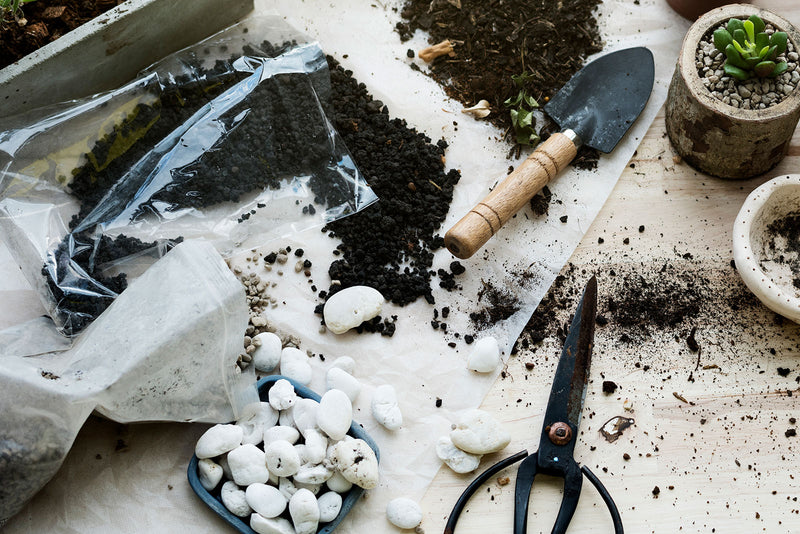
Get Ready: Winter Garden Preparation for Spring Success
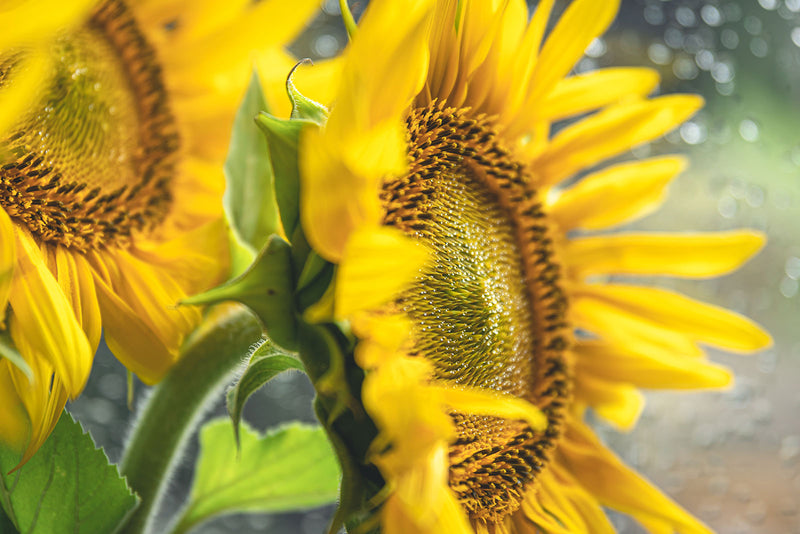
Guide to Planting Maximilian Sunflower: Tips & Benefits
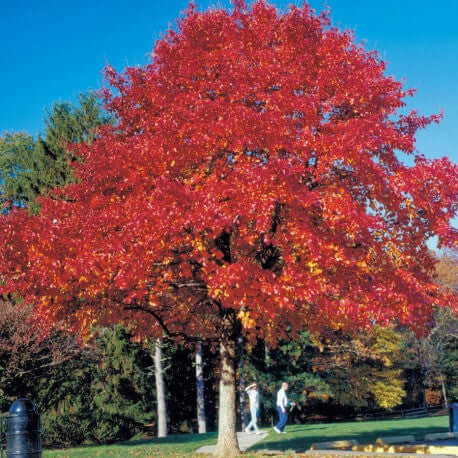
How Long Do Oak Trees Live?
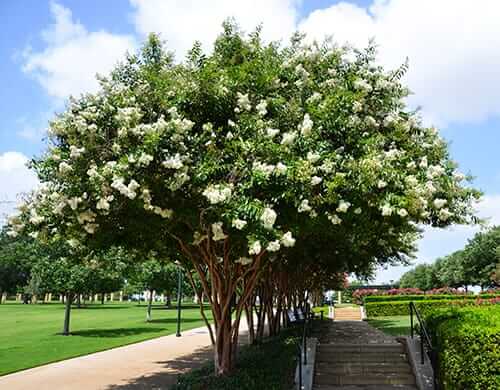
How to Prune a Crape Myrtle Tree
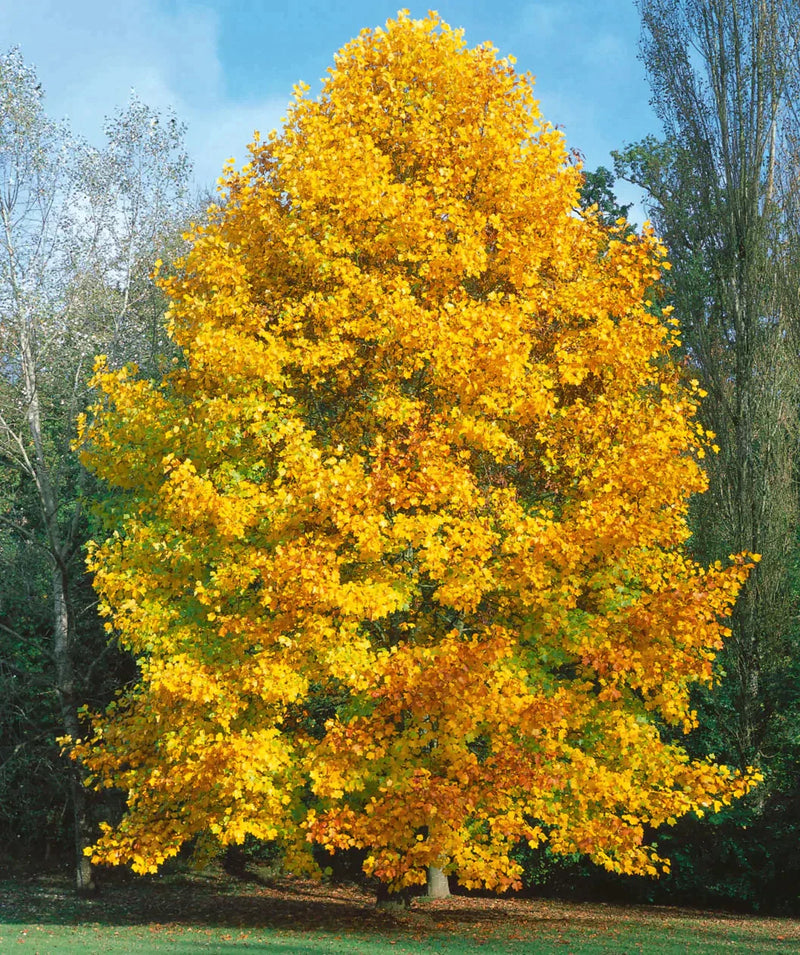
How to Source Trees Online That are Affordable
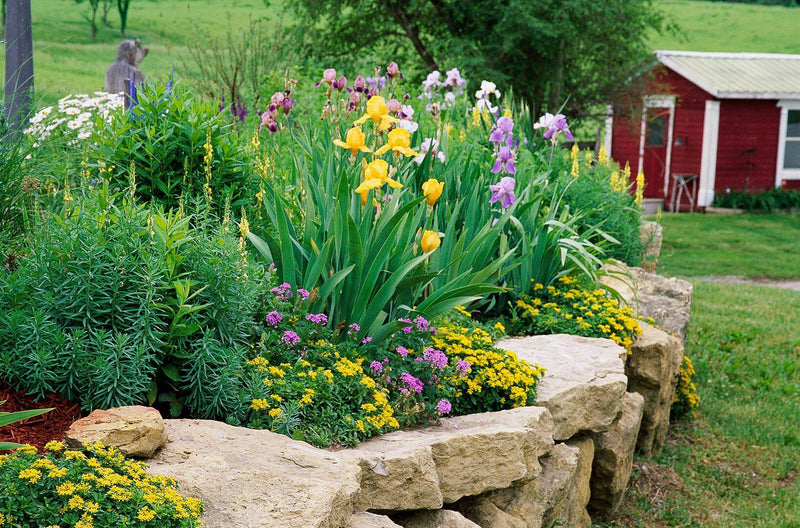
Long Blooming Season Perennial Favorites
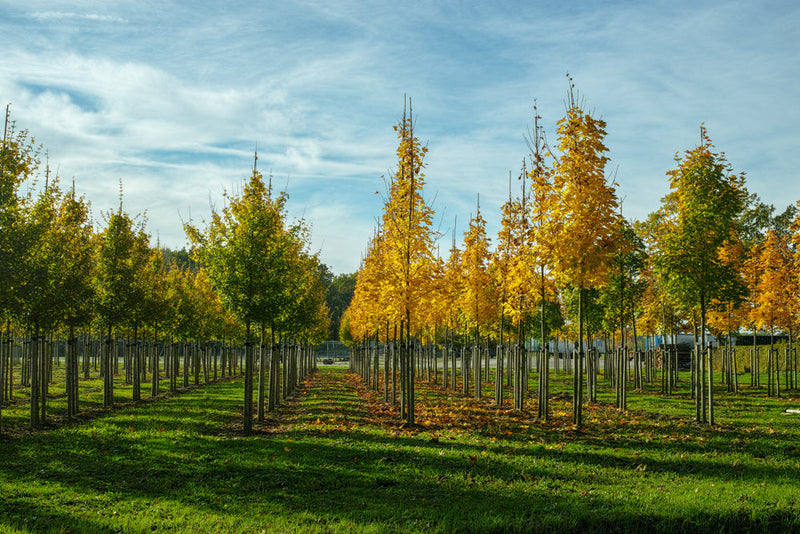
Looking For Affordable Trees? Find a Tennessee Tree Nursery
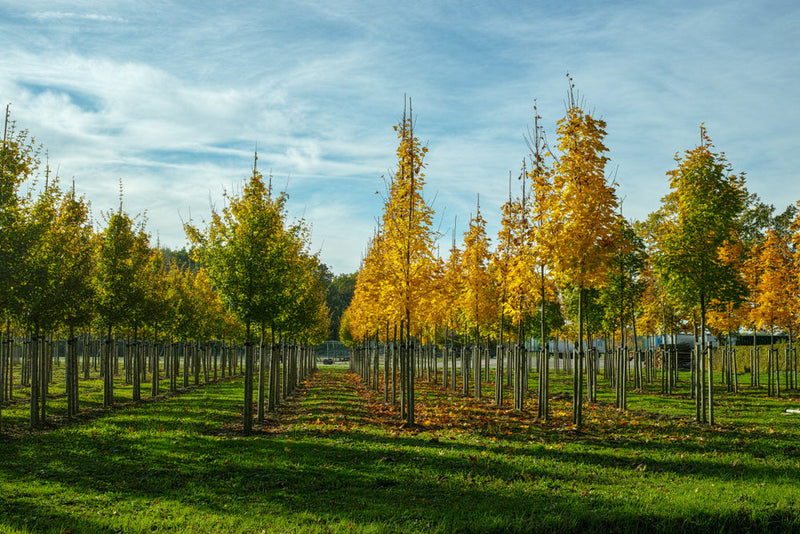
Looking For Quality Trees For Sale?
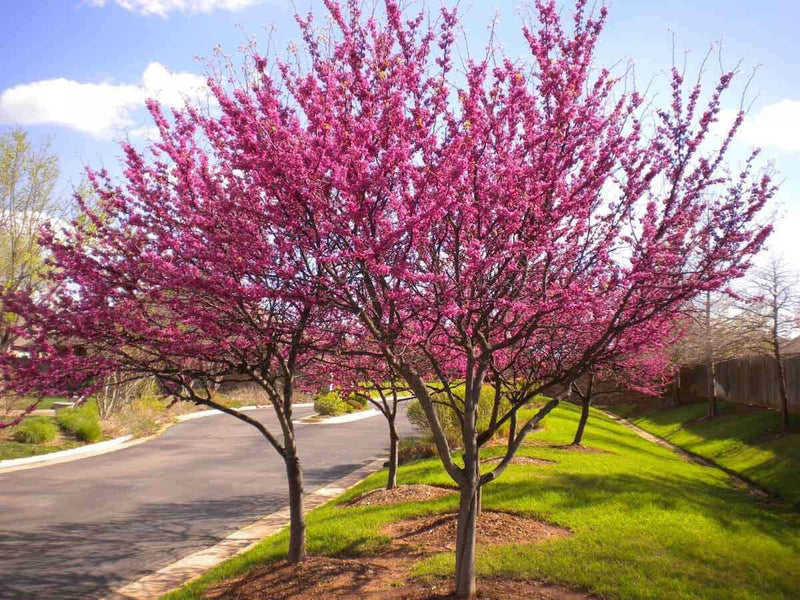
Looking For a Tree Nursery In McMinnville TN
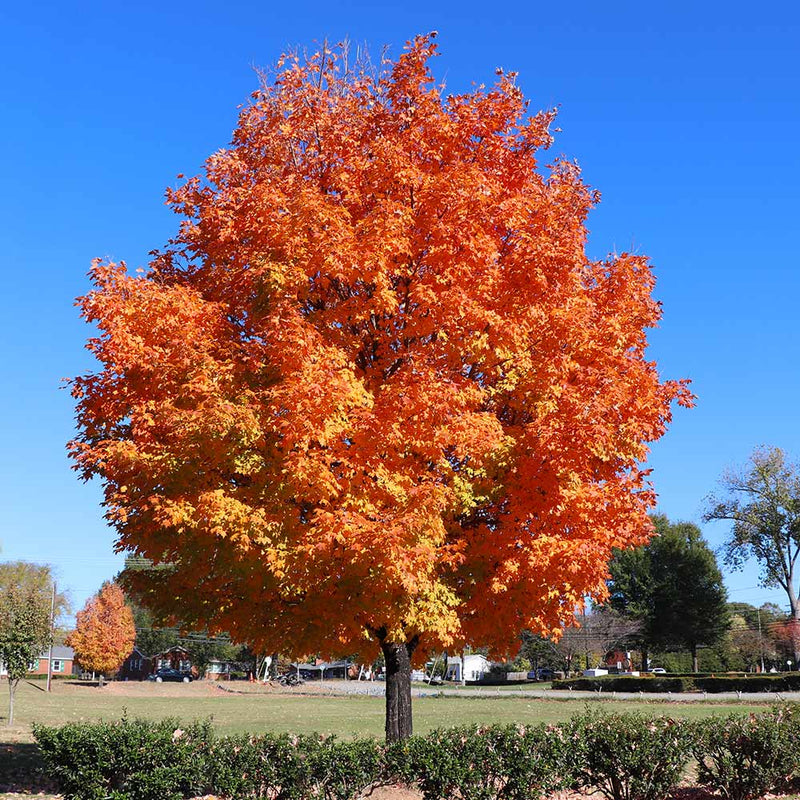
Nearby Tree Nursery
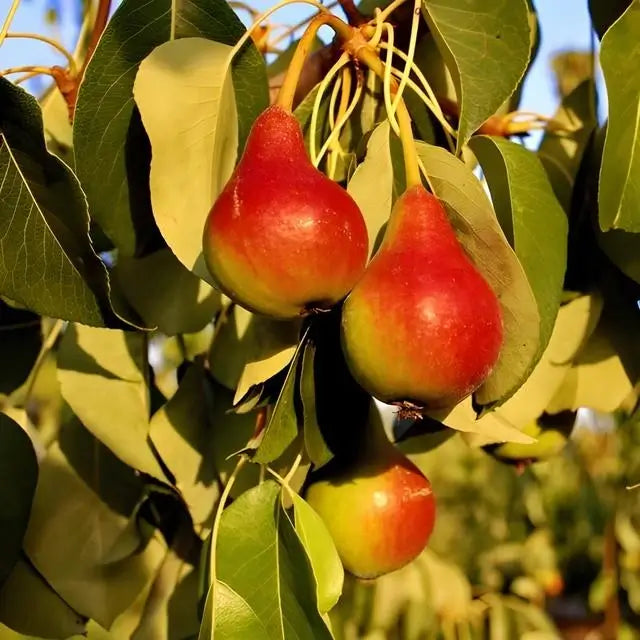
Need to Buy Trees? Save By Going To The Source
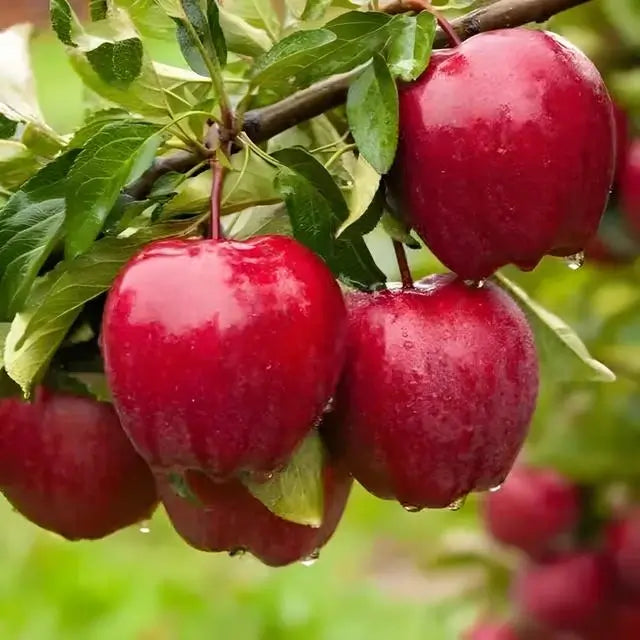
Nursery Fruit Trees
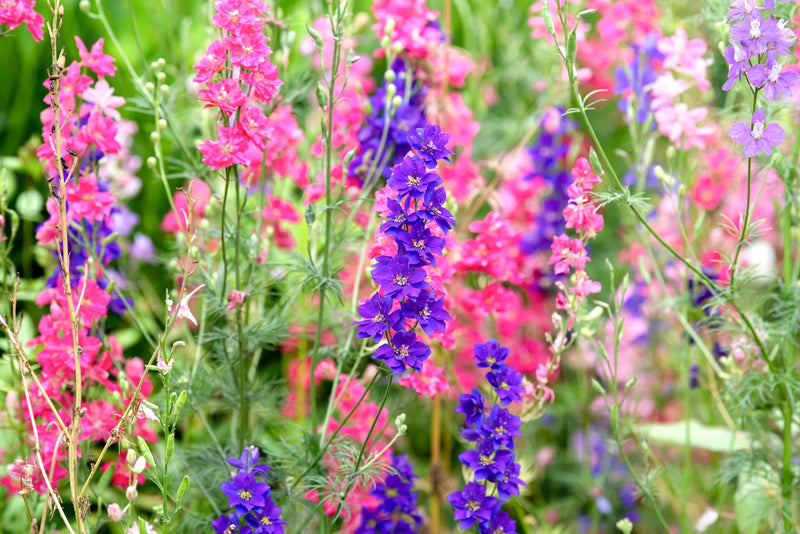
Outdoor Aromatherapy: 3 Plants With a Strong Fragrance
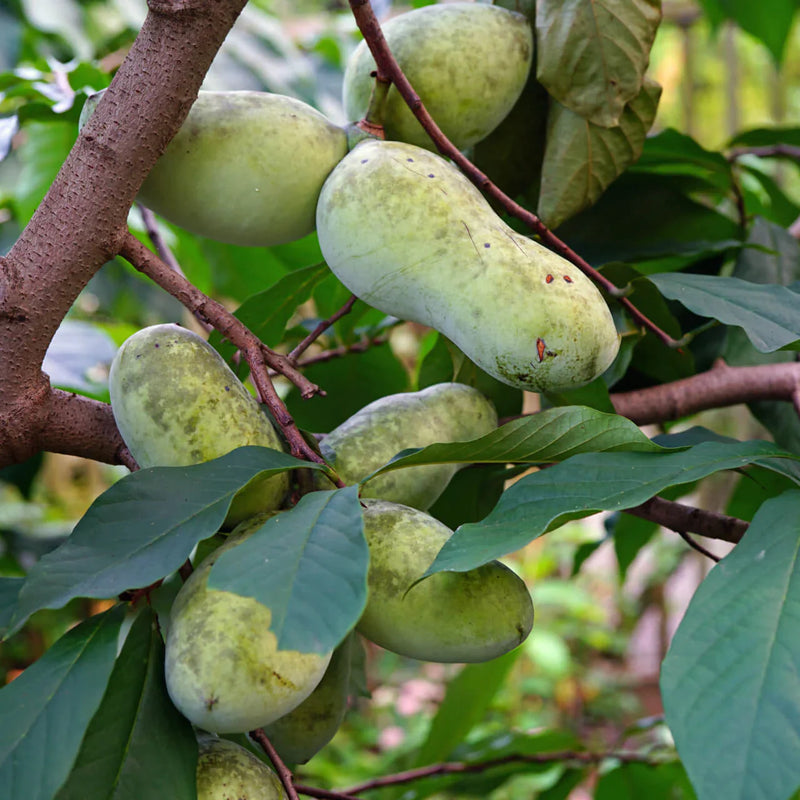
Paw Paw Trees For Sale
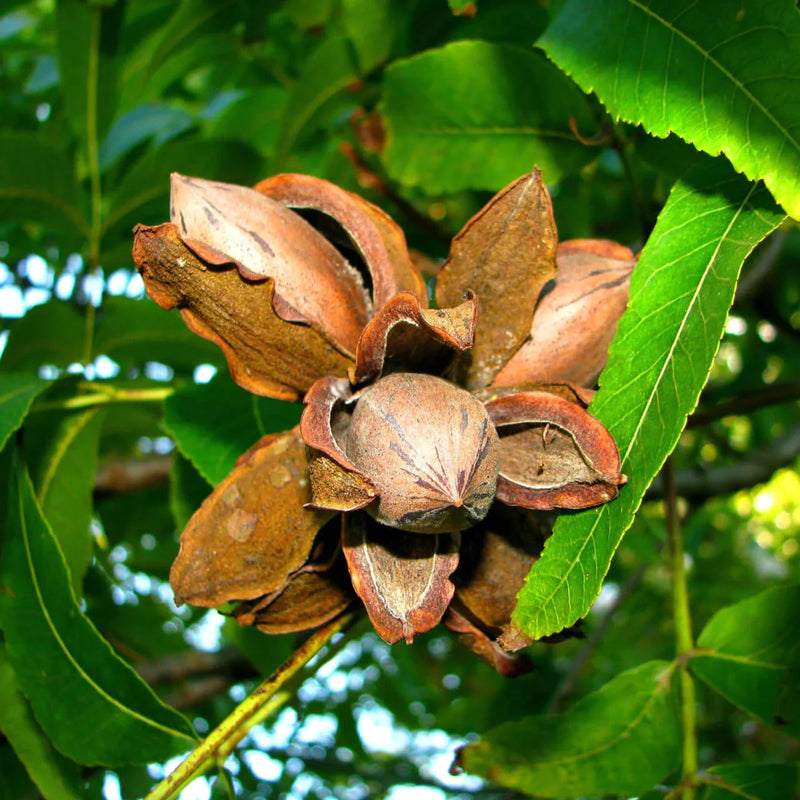
Pecan Trees for Sale
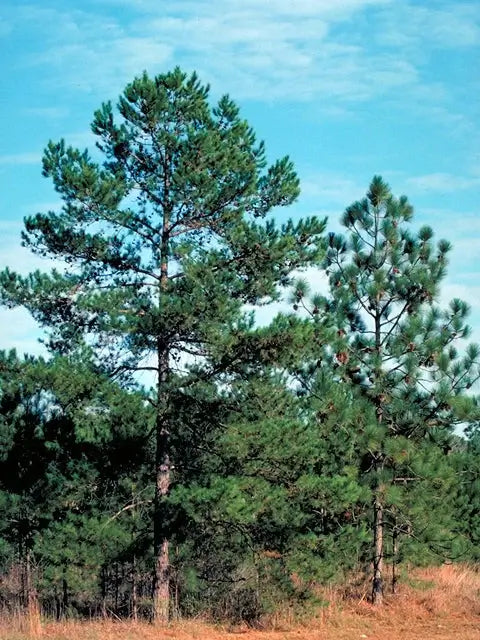
Pine Trees for Sale
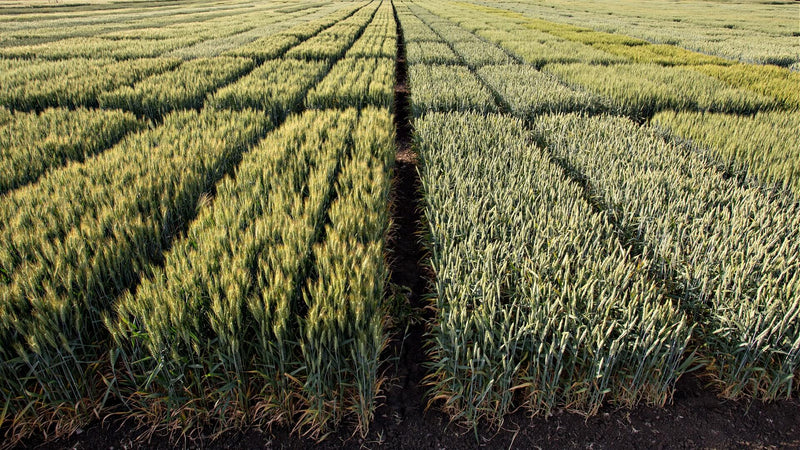
Plant Food Plot Plants To Attract Wildlife

Plant Mosquito Repellent Plants In Swampy Areas
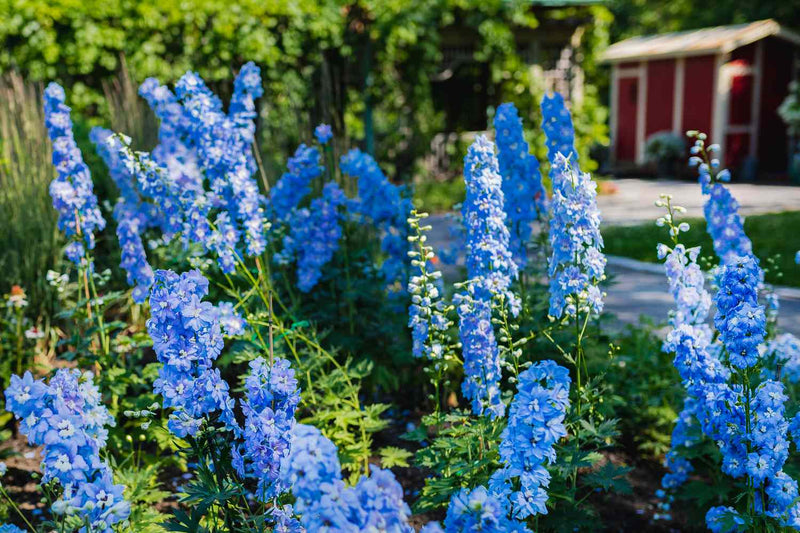
Plant Nurseries
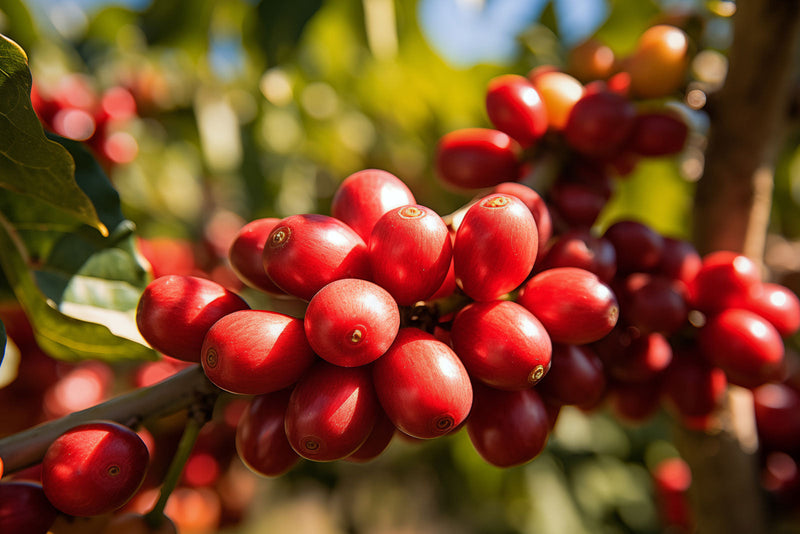
Planting Partridgeberry: Lush Ground Cover Made Easy
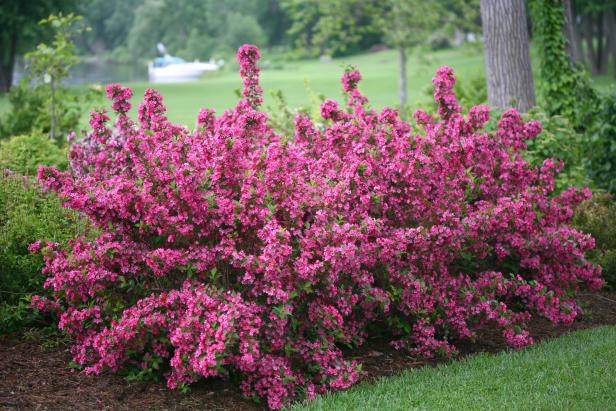
Shrub Benefits in Landscaping

Specialty Plants Offered at TN Nursery
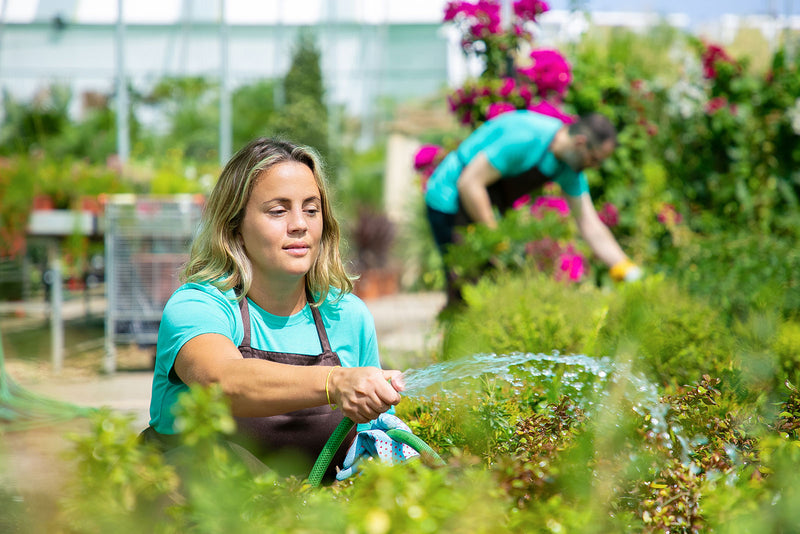
Spring Garden Care: Essential Tips for a Lush Backyard
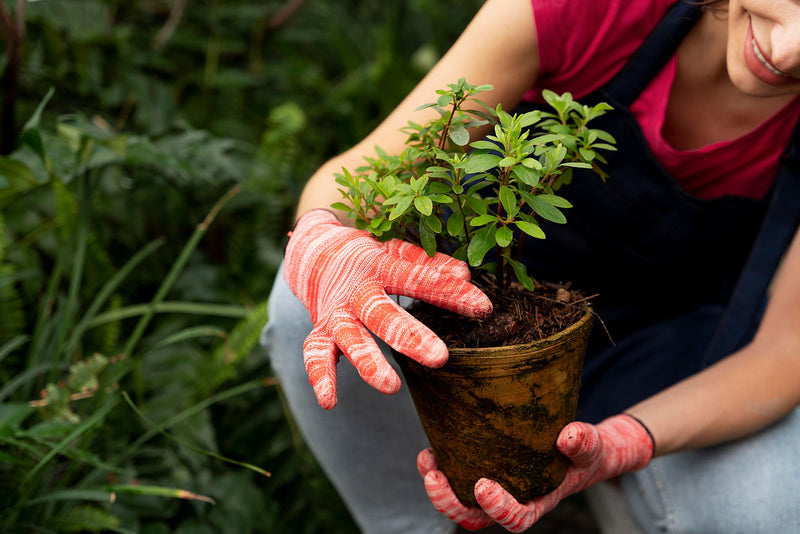
Spring Planting Plants: A Guide to a Thriving Garden
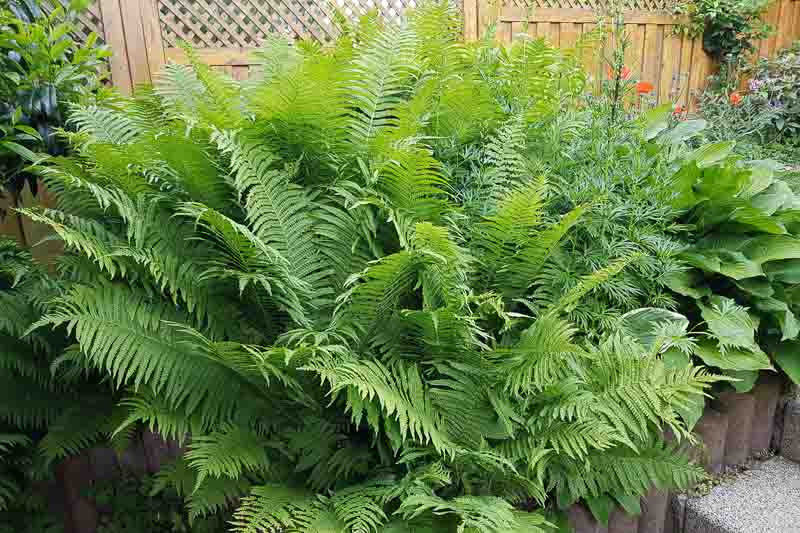
The Complete Guide To Growing Ostrich Ferns
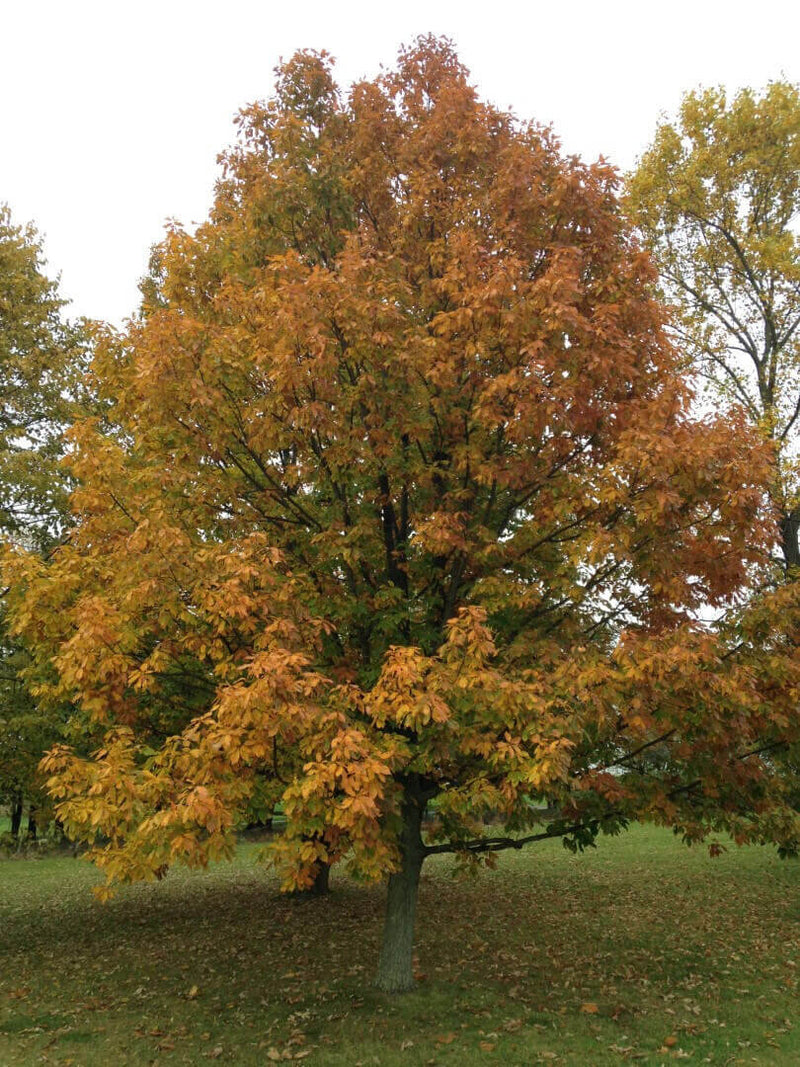
The Mighty Chestnut Oak Tree
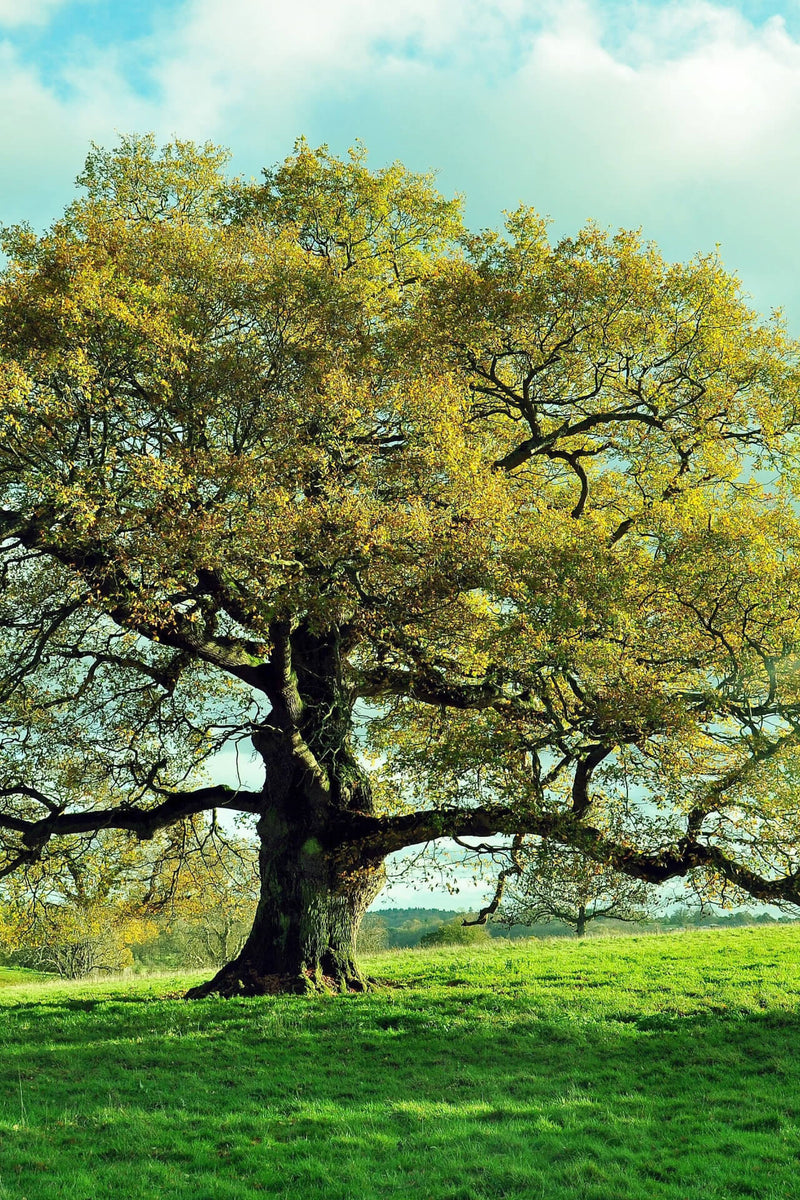
Tree For Sale Near Me

Tree Nursery
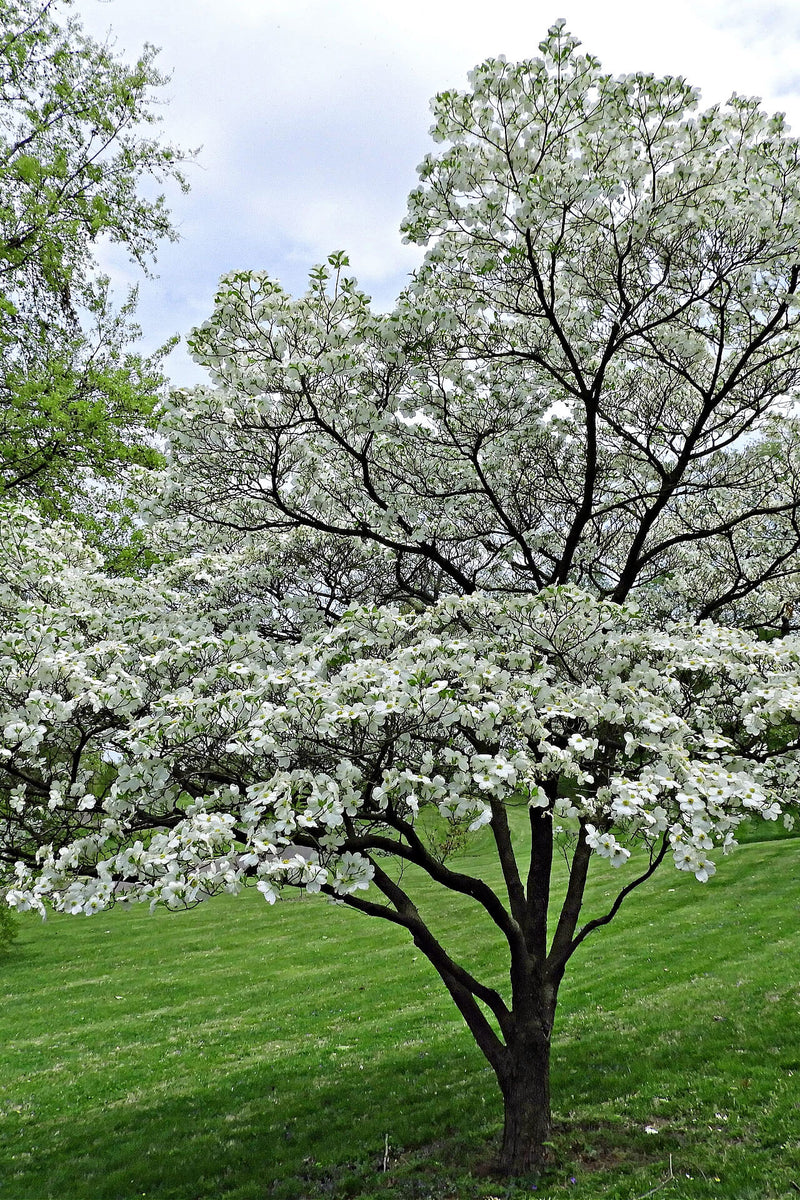
Tree Nursery Online
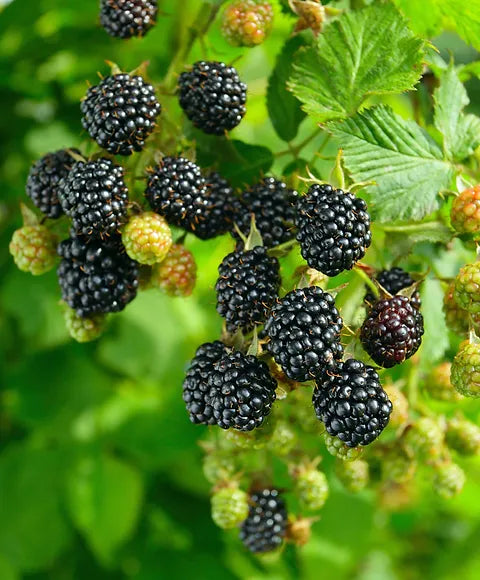
Tree and Shrub Nursery Near Me
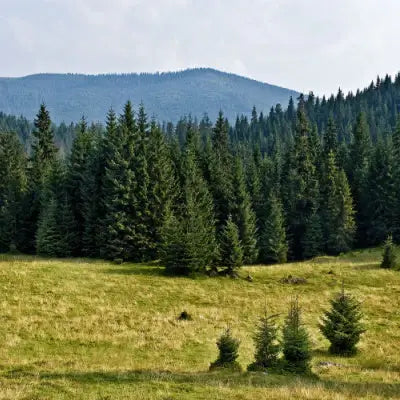
Trees For Sale
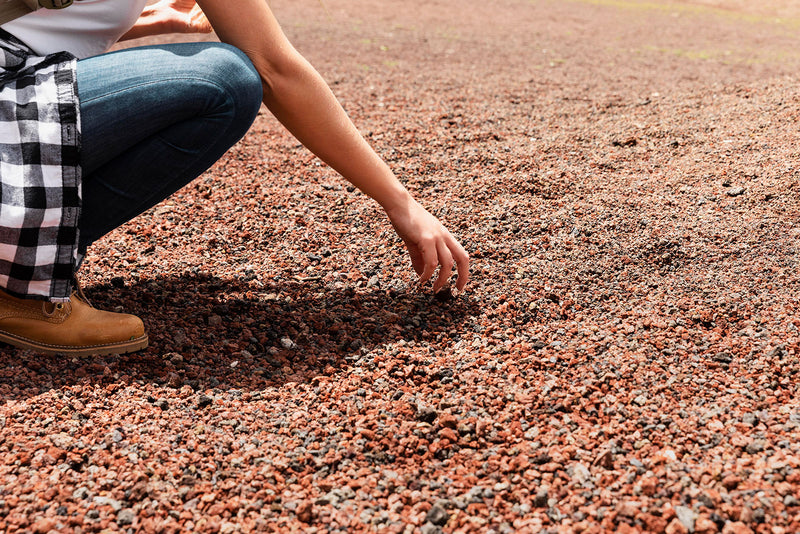
Waking Soil: Revive Your Garden for Spring Success
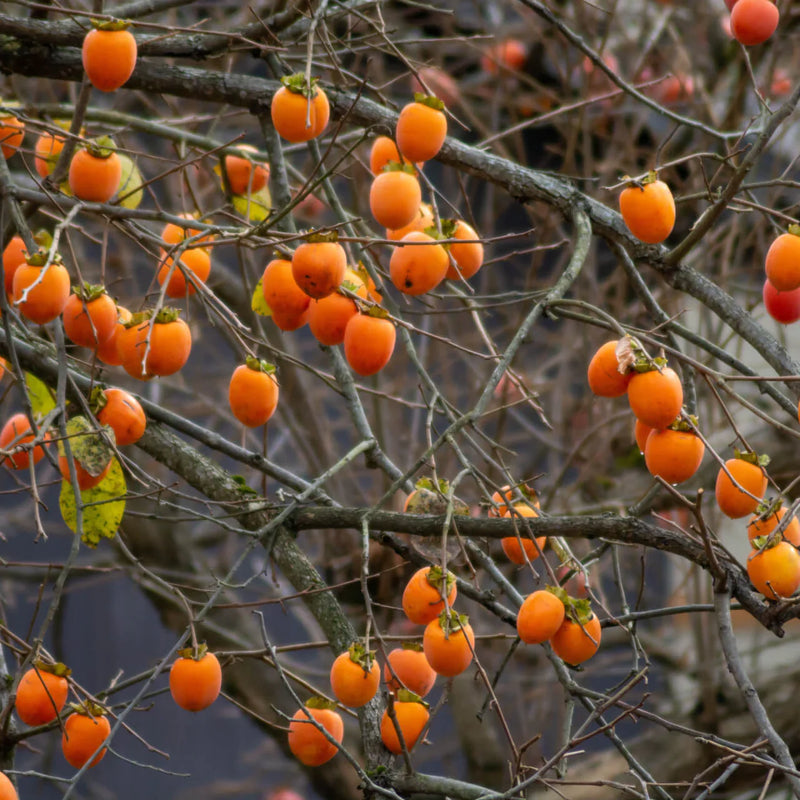
What Does a Persimmon Tree Look Like?
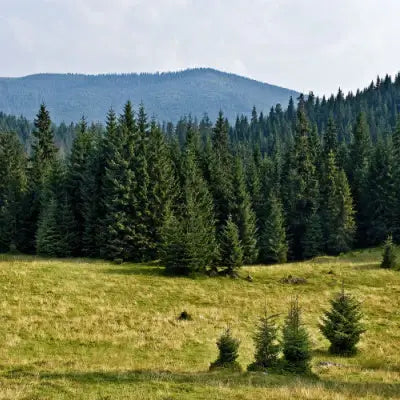
What is a Tree and How Do They Fit in Landscaping?
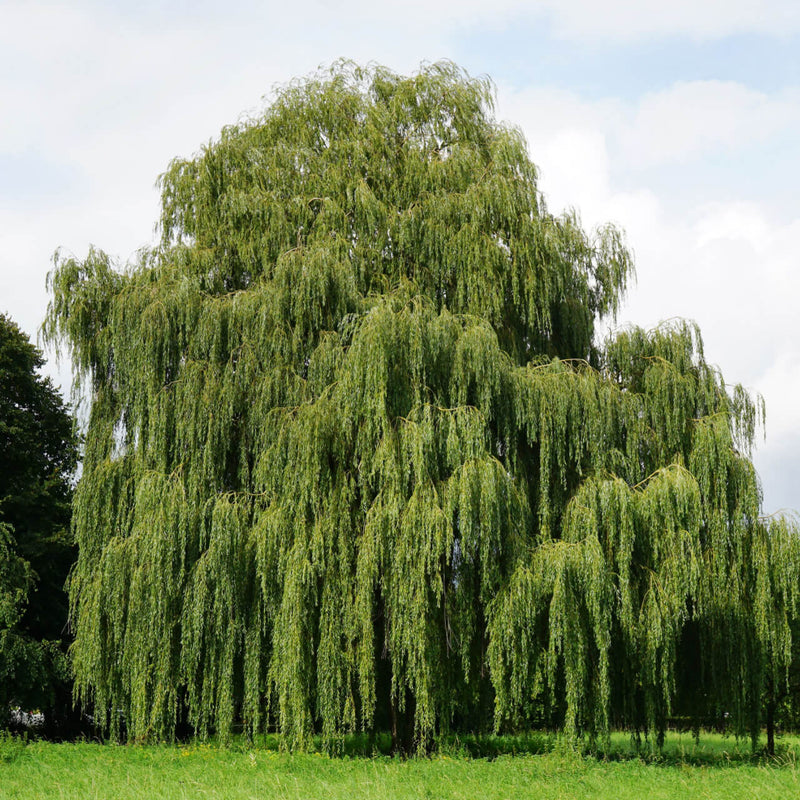
Where Do Willow Trees Grow?
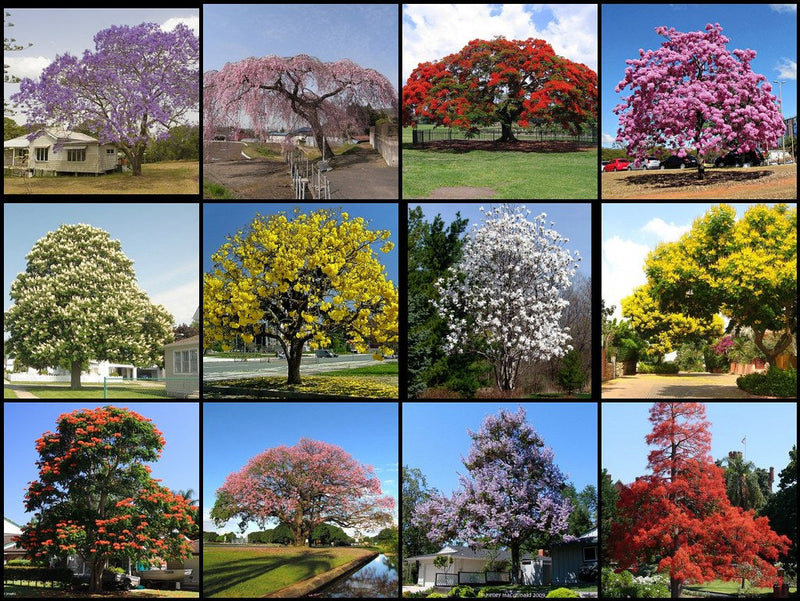
Why Buy at TN Online Nursery?
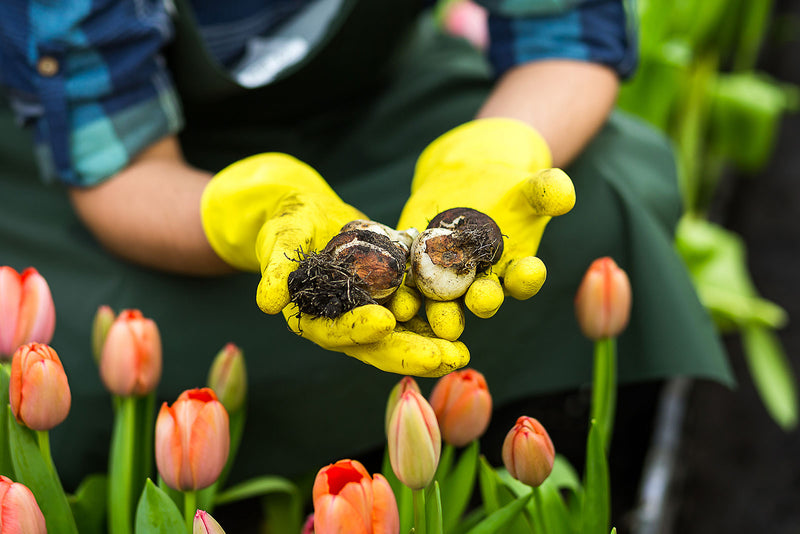
Your Comprehensive Guide to Spring Planting: Expert Tips & Techniques
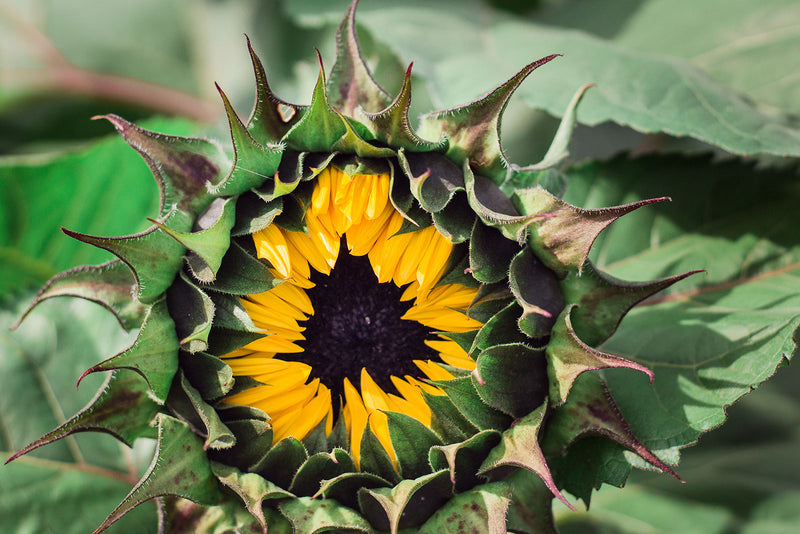
Your Guide to Planting Black Eyed Susan for Lush Gardens
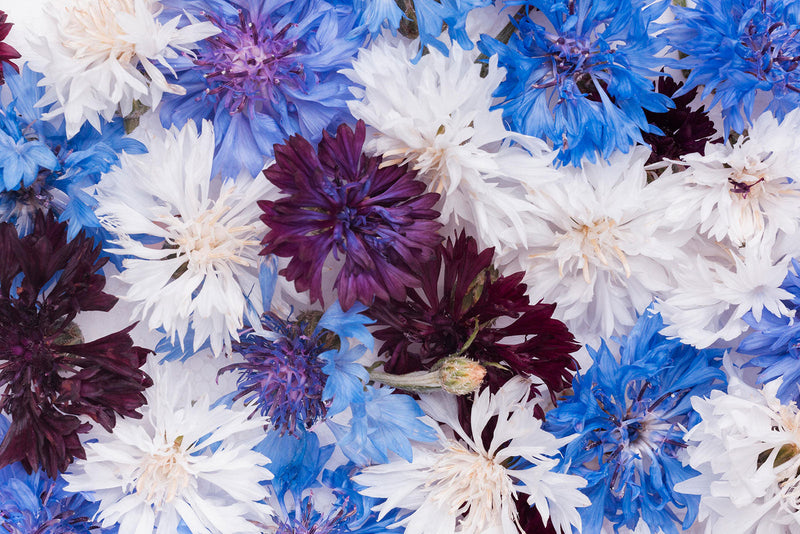
Your Guide to Planting Blanket Flower: Tips & Tricks
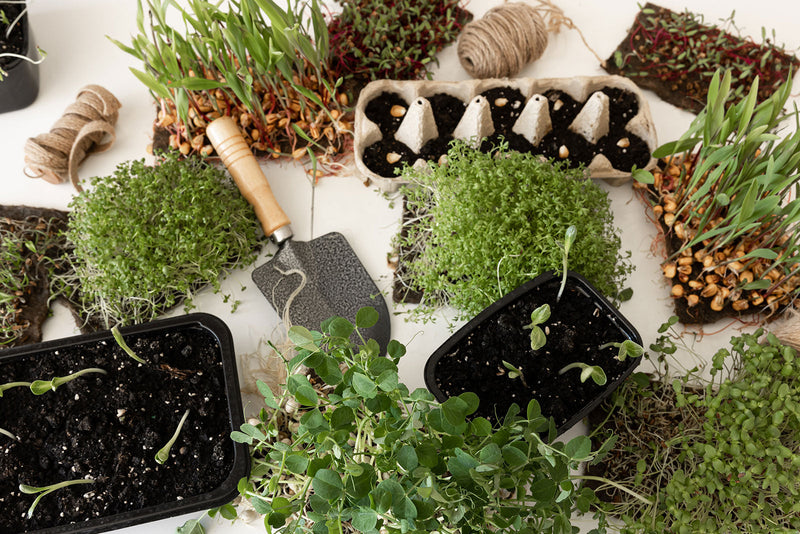
Your Guide to Planting Terrarium Kits: Easy Indoor Gardens
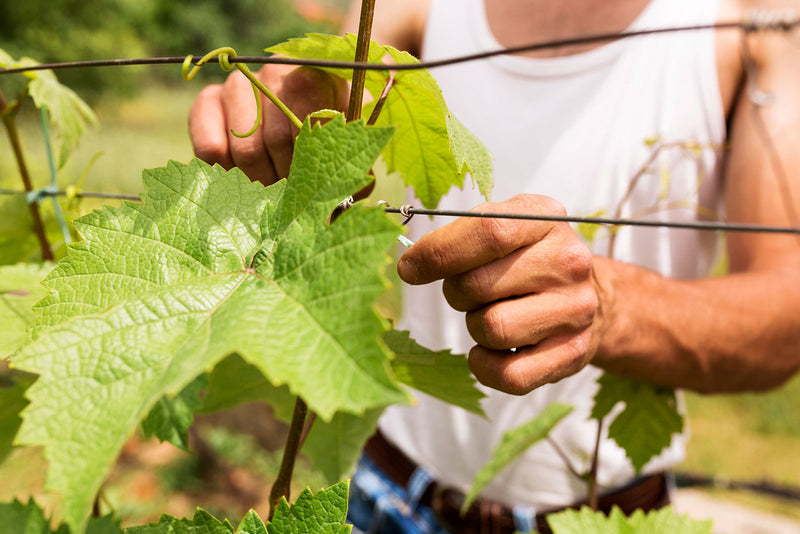
Your Guide to Planting Trumpet Vine: Tips for Success
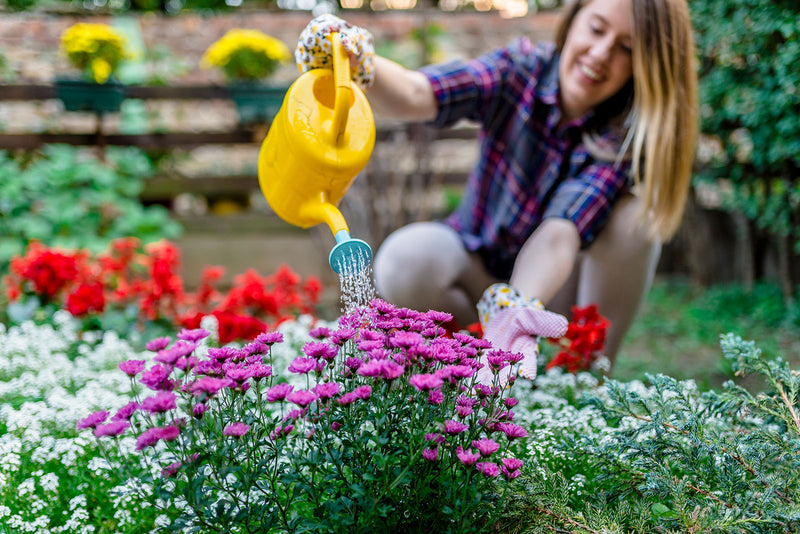
Your Guide to Spring Planting Flowers: Tips & Tricks